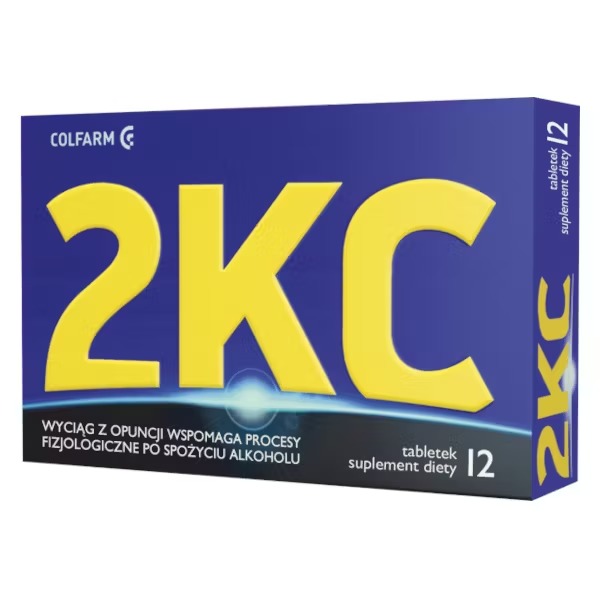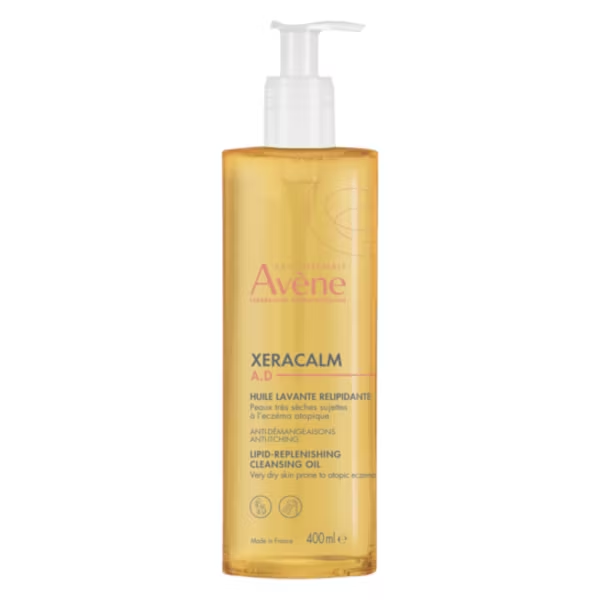Contents : 100 gelatin capsules
- Directions for use: 1 – 2 capsules once a day. Swallow the capsule and drink plenty of water 30 minutes before a meal, do not exceed the dose. The herb of pansy should not be used for longer than 4 weeks without consulting a doctor.
- Storage conditions: Store in a dry, dark place out of reach of children.
- NOTES: Do not exceed the recommended daily dose. Not for use by pregnant or lactating women or children under 12 years of age.
- The product cannot be used as a substitute for a properly varied diet.
Pansy – uses and indications
Viola tricolor is a valued herbal plant, present both in folk medicine recipes and as a component of medicines, dietary supplements, medical devices and cosmetics. In Poland, Violae tricoloris herba herbs for infusion are registered as a medicine. The indications for their use are mild seborrheic and inflammatory skin conditions. Viola tricolor herb is also prescribed internally as a mild diuretic. Thanks to this property, the pansy brings relief in urinary tract infections and hypertension. Viola tricolor is a component of many dietary supplements with a cleansing effect on the body (tablets, capsules, fix teas). They are recommended during detoxification and weight loss treatments. It is believed that Viola tricolor supports the elimination of harmful metabolic products (toxins). The addition of pansy supports the proper functioning of the digestive system. In cleansing treatments, it is combined with other herbs that improve the functioning of the digestive tract and medicinal diuretics. Capsules containing extracts of the tricolor violet inhibit the formation of acne lesions, having a beneficial effect on the condition of the complexion. They improve the condition of dry skin. Viola tricolor lowers blood pressure. .
In herbal medicine, infusions of the tricolor violet are most often used in combination with other medicinal plants. Externally, infusions are used to wash the skin with symptoms of inflammation, as an aid after X-ray exposure, in seborrhea and infantile eczema. They are used in the case of rupture of small capillaries and in small subcutaneous hemorrhages. The plant reduces the permeability of vessels and makes them more elastic. Herbalists use Viola tricolor internally for diuretic, diaphoretic purposes, in oliguria and occurring edemas. By increasing glomerular filtration, the herb helps to wash out toxins from the body. It can be used as an aid in the tendency to accumulate kidney sand and in gout. Due to the content of saponins, the tricolor violet herb is an expectorant raw material, useful in respiratory tract inflammations. It has a diaphoretic effect. Traditionally used in the treatment of hypertension, and thanks to its anthocyanin content, the pansy is a valuable plant for people struggling with eye diseases (disorders of eye microcirculation, including diabetic retinopathy, eye hemorrhages, inflammation of the retina with redness of the eye). Infusions in the form of compresses bring relief to tired eyes, in the case of dark circles under the eyes and swelling.
Information about the use of violet can be found in the herbal of the herbalist John Gerard from 1597. It was believed that violet was indicated in the treatment of convulsions in infants, during lung infections, in the treatment of scabs, itching and ulcers. Infusions of pansy were used to lower fevers and gargle. This herb was used as a laxative, expectorant, sedative and blood cleanser.
Pansy – appearance, origin, morphology
The tricolor violet grows to a height of 10-30 cm. It has a hollow and branched stem, referred to as erect or ascending. In cross-section, the stem has a four-angled shape. The stem is covered with delicate hairs. The leaves of Viola tricolor have stipules and are pinnately incised. The lower leaves of the plant most often take on a heart-shaped shape, while the upper ones are lanceolate or elliptical. The flowering period of the tricolor violet falls in the months of May-October. The flowers are long-stalked. The flower corolla of the tricolor violet has 5 petals, of which the lower petal is equipped with a spur. The upper flower petals are most often purple, the lateral ones are greenish-purple, while the lower ones are yellow. The flowers grow from the leaf axils. They are hermaphrodite. The fruits of the tricolor violet are three-lobed capsules with small, brownish-yellow seeds. There are a number of morphological types and varieties of Pansy.
Pansy – action, properties, composition
Studies on laboratory animals have confirmed the spasmolytic effect of water-methanol extracts of the herb of the tricolor pansy on the smooth muscles of the digestive tract. For infusions, decoctions and ethanol extracts of the herb of the tricolor pansy, antibacterial activity against Staphylococcus aureus, Bacillus cereus, Staphylococcus epidermidis, Pseudomonas aeruginosa, Enterococcus faecalis, Escherichia coli and Klebsiella pneumoniae and antifungal activity against Candida albicans have been proven. Cyclotides (macrocyclic peptide compounds) contained in the tricolor pansy have cytotoxic activity. Studies have shown their effectiveness against human cancer cell lines of lymphoma U-937 GTB and myeloma RPMI8226/s. Extracts of the Viola tricolor herb inhibited the growth of cells of the mouse leukemia cell line L1210. Water extracts of the tricolor violet, thanks to the content of bioactive cyclotides, inhibited the proliferation of activated lymphocytes in an IL-2-dependent manner (immunomodulating effect). Extracts of the plant have antithrombin activity, i.e. they inhibit the formation of clots (studies using methanol extracts of Viola tricolor).
There is a confirmed case of red blood cell hemolysis in a child with glucose-6-phosphate dehydrogenase deficiency who was given half a glass of infusion of the herb pansy. However, the substances responsible for the hemolytic properties of the plant have not been identified. It is believed that the triterpene saponins contained in the plant may be responsible for this effect.
Studies using laboratory animals have shown the anti-inflammatory effect of extracts from the herb of the pansy, which results, among other things, from the ability of the active substances of the plant to reduce the activity of polymorphonuclear leukocytes, monocytes and block the activity of phagocytes. Salicylic acid contained in Violae tricoloris herba is responsible for this property, among other things. A significant correlation was also observed between the content of flavonoids in the raw material and its antioxidant properties. Flavonoids and anthocyanins of the herb of the pansy therefore determine the antioxidant effect. Another study showed that rutin and violet violanthin effectively reduced the formation of free oxygen radicals. In addition, rutin has the ability to seal capillaries.
Pansy – side effects, overdose
An overdose of the plant material causes vomiting due to the action of saponins.






































Reviews
Clear filtersThere are no reviews yet.